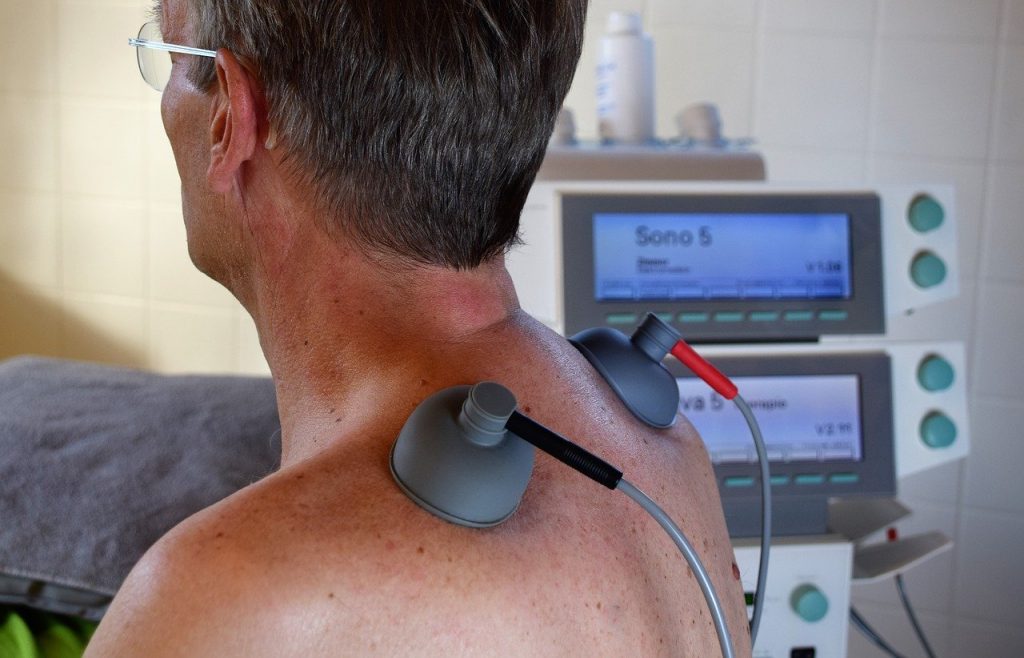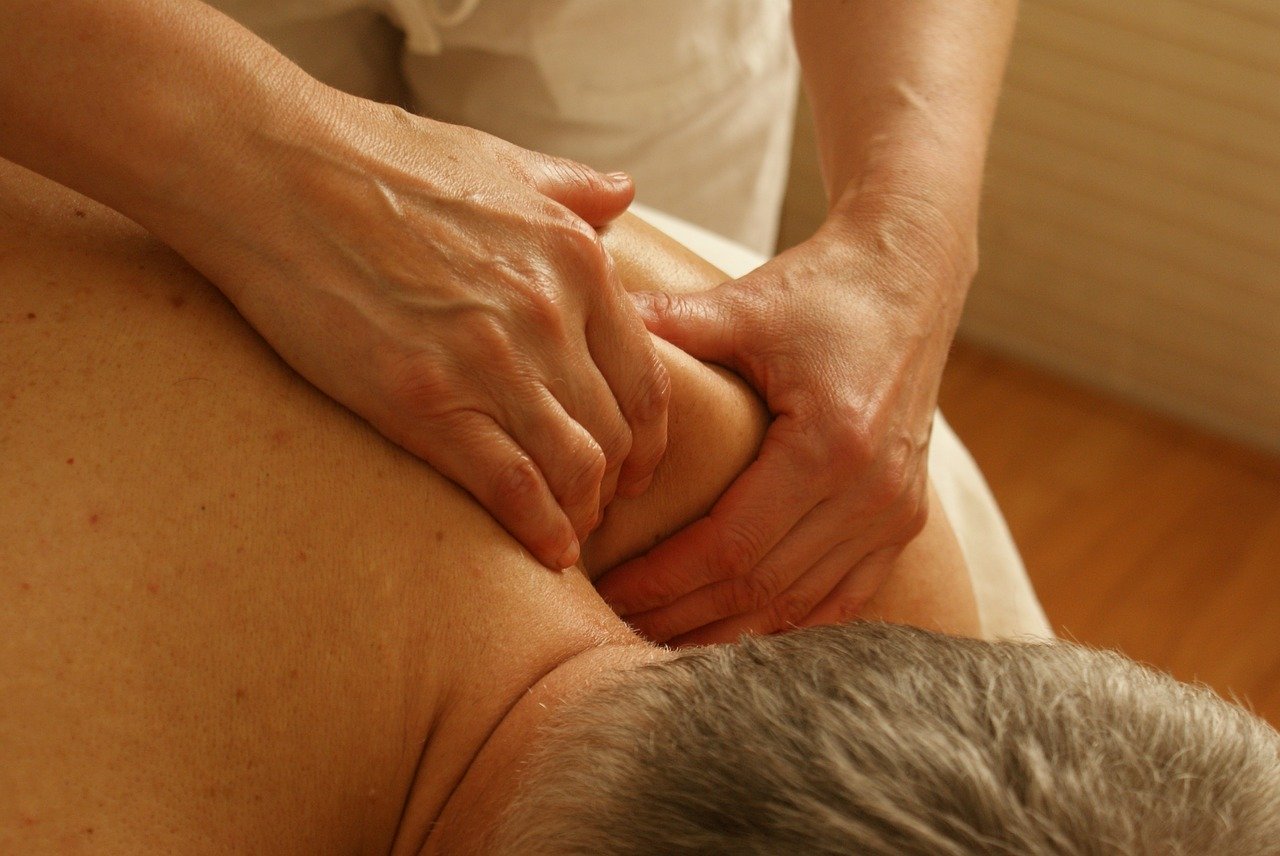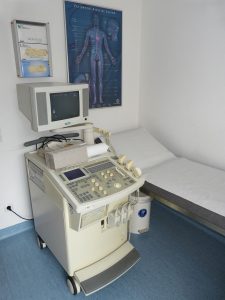Due to a lot of work and stress, our body slowly deteriorates. Before we know it, we are already experiencing body pains that can be prevented.
We overuse our body with different kinds of activities without giving it the proper time to recuperate, which results in various injuries and diseases. You might need to go under physiotherapy to bring back your mobility after injury or surgery.
Physiotherapists works on prevention and rehabilitation. Here are some examples:
- Neck and back pain caused by difficulties in the muscles and skeleton
- Complications in the bones, joints, muscles, and ligaments, such as arthritis and the post-injuries of amputation
- Breathing problems such as asthma
- Disability as a consequence of heart problems
- Pelvic issues, such as bladder and bowel difficulties linked to childbirth
- Loss of movement because of trauma to the brain or spine, or due to diseases such as Parkinson’s disease and multiple sclerosis
- Fatigue, pain, inflammation, stiffness, and loss of muscle strength, for example during cancer treatment, or palliative carePhysiotherapy helps make mobility and everyday living more comfortable for a patient through a series of medications that are made to each patient’s needs.
There types of treatment techniques:
Range of Motion Exercise
Although rest is often prescribed during the early stages of recovery from broken bones or operation, extended periods of immobility may prolong or jeopardize the healing process. For this reason, physiotherapists often prescribe a range of motion exercises to encourage movement, joint mobility, and facilitate circulation. Constantly moving the stiff joints and muscles will prevent muscle atrophy and related postural problems.
Soft Tissue Mobilization

It is also known as therapeutic massage. Soft tissue mobilization can help ease a patient’s muscles and decrease swelling in certain parts, making this approach great for relieving pain connected with sports injuries. Soft tissue massage also helps improve blood circulation and lymphatic flow, and reduce tissue swelling around the affected joints.Cryotherapy and Heat Therapy
Sore, stiff muscles are a frequent complaint of both people with clerical jobs and athletes. If a patient complains of muscle tightness in any parts of their body, it may be helpful to apply heat or cold to the affected parts of the body. Heat therapy is the application of hot packs or even paraffin wax. Cryotherapy may involve an ice pack treatment or an ice massage.
Therapeutic Ultrasound

While ultrasound isn’t generally connected with physiotherapy, in recent years, doctors have been able to use sound waves to heal injuries in the body. Ultrasound frequency gives a tender method for targeting damaged muscle with soft beams. Like a mini massage, the sound waves of the ultrasound stimulate and absorbed by the ligaments, tendons, joints, and fascia. This treatment can be used for patients experiencing arthritis, tendonitis, and muscle strain.



